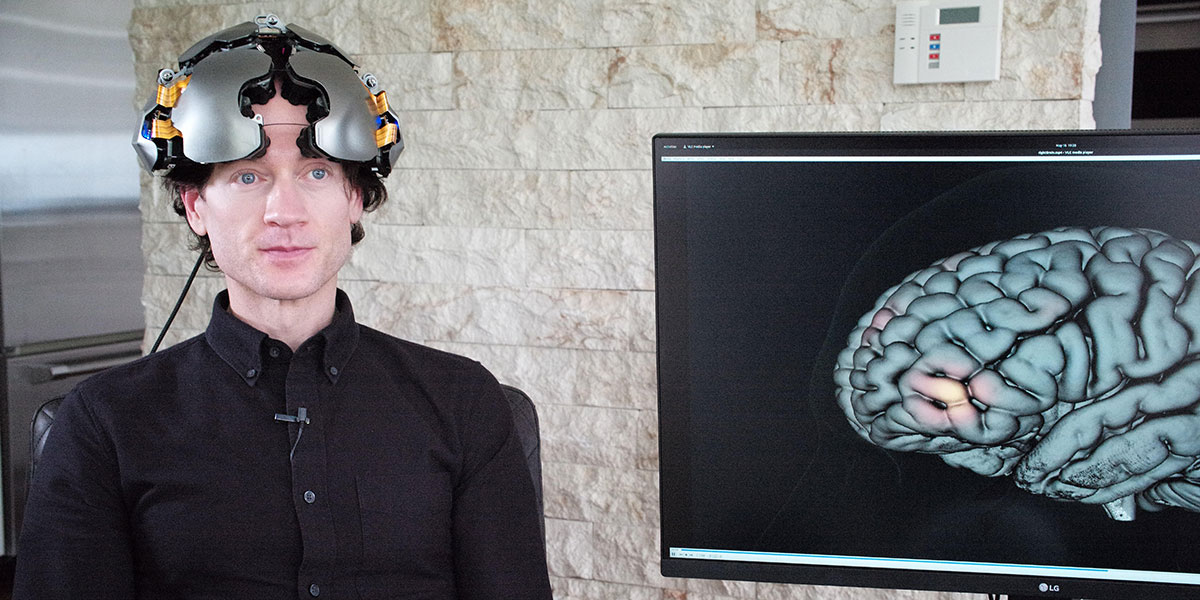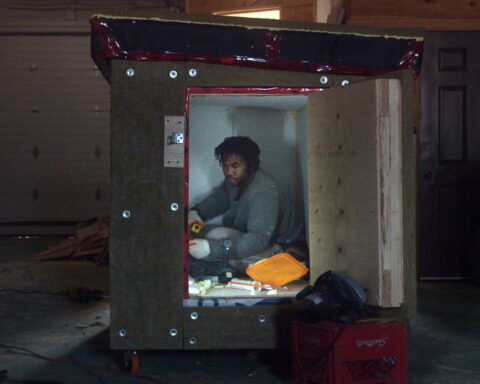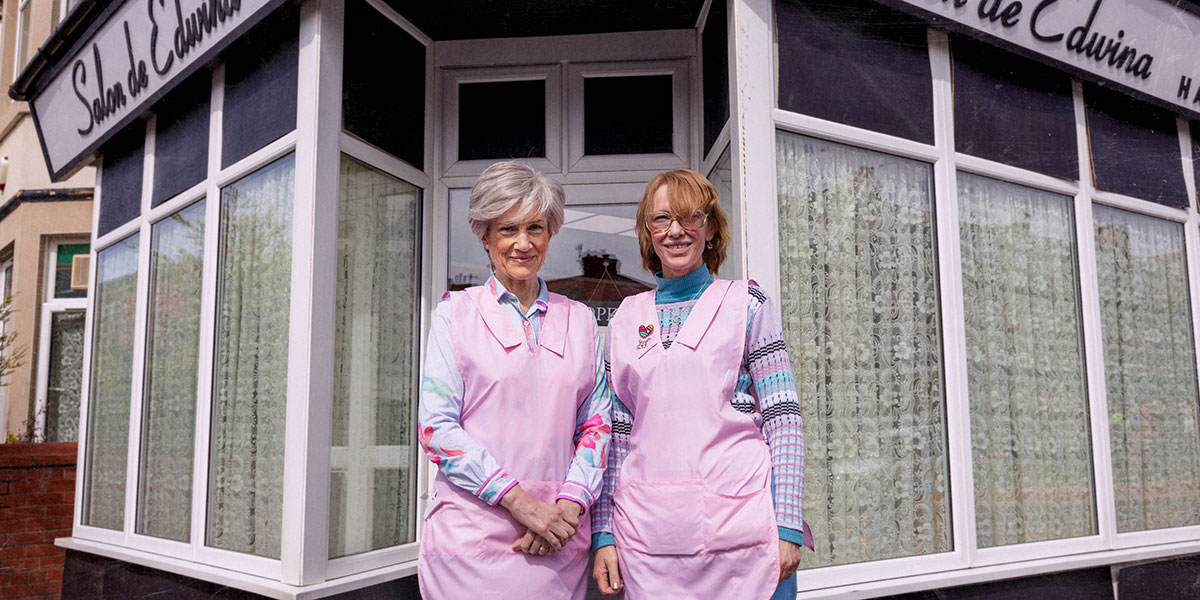Theatre of Thought
(USA, 107 min.)
Dir. Werner Herzog
Programme: TIFF Docs
The speed at which technology has developed in the last 50 years is nothing short of remarkable. The amount of technology the average person has in their pocket would have been unimaginable even 25 years ago. There’s no doubt that technological innovations haves improved our lives tenfold, but, of course, with such rapid advancement comes societal and ethical challenges. Nowhere is this more significant than in the space of brain manipulation, which is explored in Werner Herzog’s documentary, Theatre of Thought.
Interviewing numerous scientists and researchers from around the world, Herzog seeks to understand what “neurotechnology” (that is, tech that connects the nervous system with an electronic device) is currently available and how it works. What serves Theatre of Thought most is Herzog’s genuine curiosity and amazement on these innovations.
Where it’s possible, Herzog gets a first-hand look at some of these inventions. He meets with Darío Gil, Head of Research at IBM, and gets a tour of the quantum-computer lab. He has scientist Rafael Yuste try on a brain scanner and answer questions seeing what sections of his brain light up when lying. He participates in a virtual reality simulation for a mouse–an experiment done with the promise of creating artificial smells, touch and taste.
Theatre of Thought is very heavily technical. Mathematicians and doctors are given the space to get incredibly specific about their findings. They deliver lengthy speeches about their process and the intricacies of their experiments with little translation for the laymen watching. While threatening to become so technical as to puncture its accessibility, Herzog’s quirky and dry humour brings Theatre of Thought back to earth.
Herzog, while being on camera at times, also serves as the film’s narrator. After giving a mathematician an inordinate amount of time to explain a formula, Herzog’s voice cuts through the jargon, “I literally understand none of this.” A funny moment that exemplifies why Herzog is our perfect tour guide through the documentary’s subject.
Although it may sound haphazard on paper, Theatre of Thought moves with Herzog’s thought process rather than having any set structure. After a lot of technical information is served up, the film suddenly cuts to Philippe Petit in the Catskill Mountains. Petit, a renowned high-wire artist who famously (and illegally) negotiated an aerial walk between the Twin Towers of the World Trade Centre in 1974, is an old friend of Herzog. (Doc fans will know Petit from the Oscar winner Man on Wire.) It appears that while interviewing various specialists for the film, Herzog became curious about Petit’s thoughts on fear. After the brief reprieve with Petit, the film continues on its scientific path.
While this may feel disjointed and leaving viewers at the end thinking, “Wait, what was the point of that high-wire guy?, “ those familiar with Herzog and his work will find it to be in keeping with the quirkiness of the filmmaker, and can serve as an endearing quality to the movie.
Although the film does lean towards the technical nature of its subject more than anything else, Herzog incorporates elements of philosophy and art into the discussion. Including a clip from Ukrainian director Dovzhenko’s Soviet-era classic, Earth, where a dying man agrees to report back to his friend what death is like. Herzog’s curiosity about the world and society at large drives his interest in the binary equations that will affect it.
Herzog begins the film pondering whether these advancements will result in humans losing their freedom to think, even silently. If neurotechnologies are able to capture our thoughts, who will have ownership over them? Where will these thoughts be stored and who could have access to them? Herzog’s questions around privacy are not only valid, but a necessary part of the discussion. However, it isn’t until the end of the film that Herzog really dives into the pros and cons of the topic.
Theatre of Thought showcases a vital application of neurotechnology: assisting those with neurological disabilities. By implanting a chip into the human brain, it’s possible for an individual with cognitive motor issues to move limbs on their own and even feed themselves. There is an extraordinary clip of a man with Parkinson’s disease who is able to walk unassisted and unfettered when a chip in his spine is activated. If and when these innovations become perfected and more accessible, the autonomy they will provide countless individuals is staggering.
Of course, manipulation of the nervous system can work both ways, for good and for bad. There are a vast amounts of ethical considerations to be made in this arena and their implications are tremendous. Herzog speaks with a human rights lawyer and bioethics specialists who warn of the dangers involved and the amount of regulation work that will be required to accommodate this advancing technology.
The issues raised at the end of the film are thought-provoking and applicable to the vast majority of people watching. Yet, they are almost treated like an epilogue to the larger point of the film which is about the advancements themselves. It’s an unfortunate side effect to the film’s stream-of- consciousness style.
The subject matter explored in Theatre of Thought is timely, significant and fascinating. However, because it focuses more on the technical side, it may lose a portion of its intended audience. Herzog’s attempts to engage his viewers are successful to a degree, but a good portion of the discourse only scratches at the surface of this vast and troubling subject.













